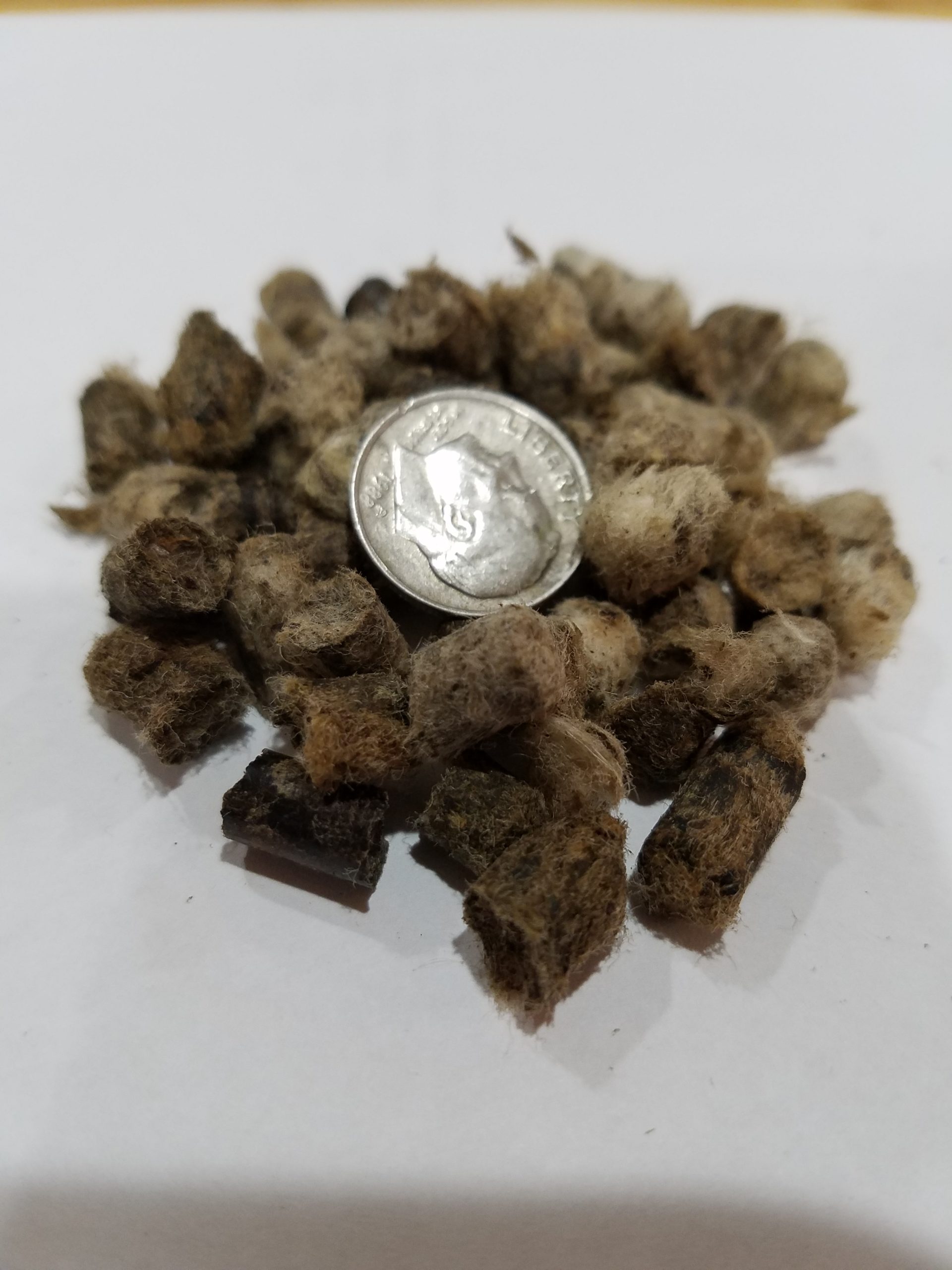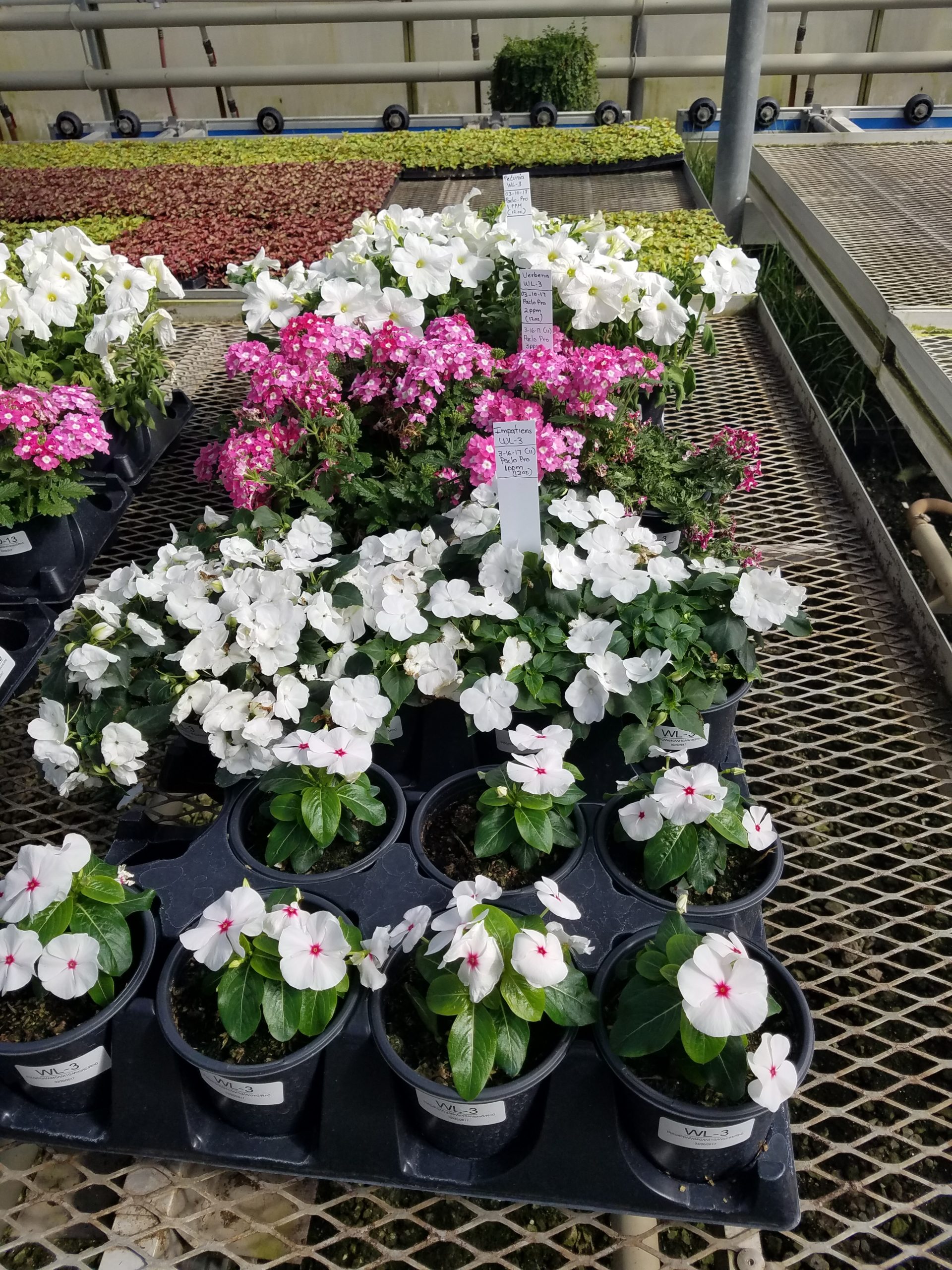4 REASONS TO INTRODUCE WOOL INTO YOUR GARDEN
If you’re looking to reap the full benefits of your garden, then you’re tending to your plot, planting your crop, or planning for next year’s bloom, gardening is truly a year-round activity. Whether you have a garden in a window planter, a small terrace, raised beds, or even in a large portion of your yard — you can benefit from using wool to help your plants thrive.
The pandemic has driven many cultural and behavioral shifts; primarily, that families are spending more time at their homes and have started new hobbies or picked up old ones. USA today found that gardening as a hobby is booming! So, we talked with Albert Wilde, owner of Wild Valley Farms, and 6th generation sheep rancher in Croydon, Utah about how wool comes into play in the flourishing field of gardening.
“Typically, when you shear a sheep you have what’s called ‘waste wool’” Wilde starts off, “this is wool that’s from the belly or hindside of the sheep and it’s often discolored, thin, and generally not considered valuable.” With waste wool making up to 20% of the total take from each sheep, Wilde thought just maybe it could be put to good use. After working with a host of universities and consultants to validate his suspicion that wool could bring value to any garden, the idea “just kind of took off from there.
Benefits of using ‘waste wool’ in the garden:
- Reduced grow time for vegetables
- Water savings
- Softens hard clay soils
- Pest control
- All-natural/organic properties
- And perhaps most importantly, sheep ranchers who had been selling waste wool for as little as 5 cents a pound could now get more than 10x that.
With a patent, Wilde has brought to market wool pellets — similar to manure pellets you might be more familiar with, but these are made up of 100% American wool, smaller than the size of a dime, and are used to help nourish plants of all kinds. While still not the norm, using wool in the garden is starting to gain some traction. The University of Vermont Center for Sustainable Agriculture is currently working on a study that involves using pelletized wool in the garden to reduce phosphorus and sequester carbon, keeping phosphorus run-off out of Vermont’s waterways. There’s no doubt that using wool in the garden has many benefits, here are 4 things you should know about using wool in your garden.
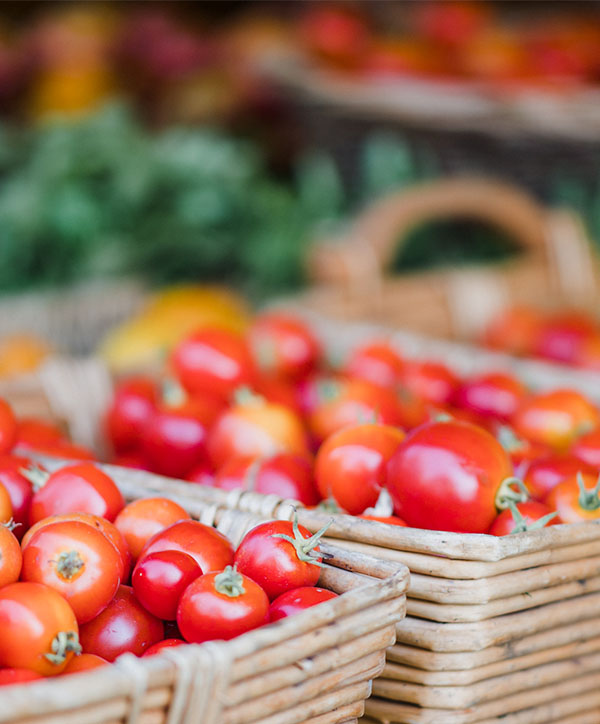
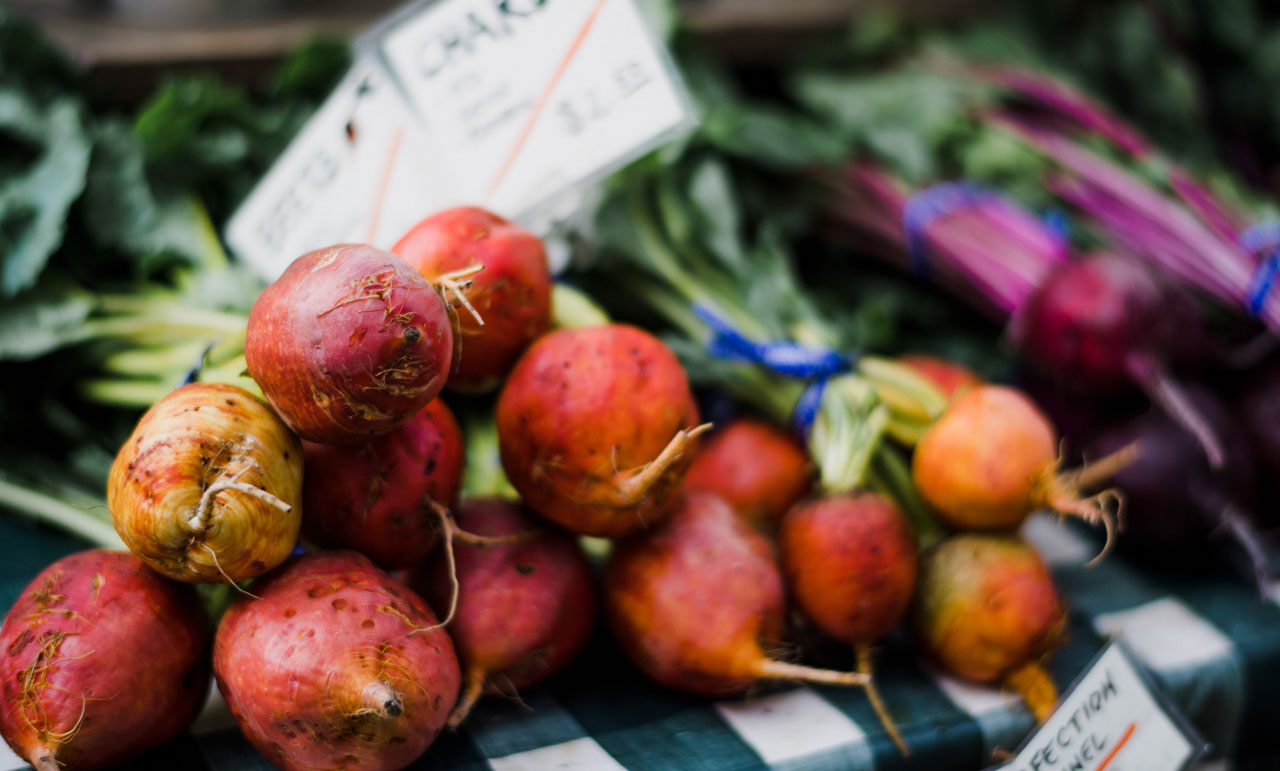

Wool as Fertilizer
In conjunction with Utah State University Extension, Wilde developed wool pellets initially as a fertilizer for plants. “Plants need Nitrogen, Phosphorus, and Potassium to grow. But they need Nitrogen the most” says Wilde. If you’re helping your garden to grow using compost, you might be getting 1-2% Nitrogen. If you’re using poultry manure fertilizer you might be getting 4.5% Nitrogen. “With sheep’s wool, you’re getting between 9.3% – 14% Nitrogen.” When Wilde and his team starting testing the impact of such high Nitrogen numbers, they found that with typical fertilizer, Greenhouses could bring organic tomatoes from seed to market-ready in about 76 days, but with wool pellets and their Nitrogen punch, you could bring tomatoes market-ready in as little as 38 days! So, pop some wool pellets in with your seeds and get ready to watch your garden grow.
Mulching with Wool
The Garden Club in Newton, Iowa doesn’t waste any time getting out to the farm when Regina Frahm calls. Regina, a sheep rancher sells her belly and backend wool to the local garden club to use as mulch in their gardens. “It’s amazing, it really helps keep the moisture in” says Frahm. When the Garden Club drives out to Frahm’s farm they buy what would have been the discarded wool by the trash bag full. Laying down raw wool on your garden bed retains moisture and stops weeds from sprouting — two key components of traditional mulch. A central complaint when using straw mulch is that it breaks down too quickly, allowing for weeds to grow and leaving the soil exposed, while wool mulch traditionally lasts a minimum of two years. And while not quite as effective as plastic paper to keep weeds at bay… you are using a 100% natural ingredient that simply biodegrades back into the earth once it’s served its mulching purpose. Frahm says, “the gardeners are happy, and we’ve used every single bit of the fleece from each animal.”
Wool to Aid in Pest Control
“It helps with slug control, because slugs don’t like to crawl over the wool” says Wilde. Even though it feels really, really soft to us, wool has scales that look barbed to a slug. You’ll need a microscope to verify this fact, but trust us when we say a slug sees crawling over a barbed surface as a major deterrent. And anecdotally, Wilde has heard numerous stories about wool protecting against Aphids. “It’s really interesting,” says Wilde, “Plants like strawberries might have been healthier due to the wool being used as fertilizer, and that’s what actually keeps the Aphids away… because healthier plants are less susceptible to disease or pests.” Wilde does have another project in the works centered around wool and pest control. Currently the project is in the midst of trials and testing, but Wilde assures us that things are moving in a positive direction and if we check back soon, he’ll be able to share even more about the benefits of wool when it comes to using it to aid in pest control.
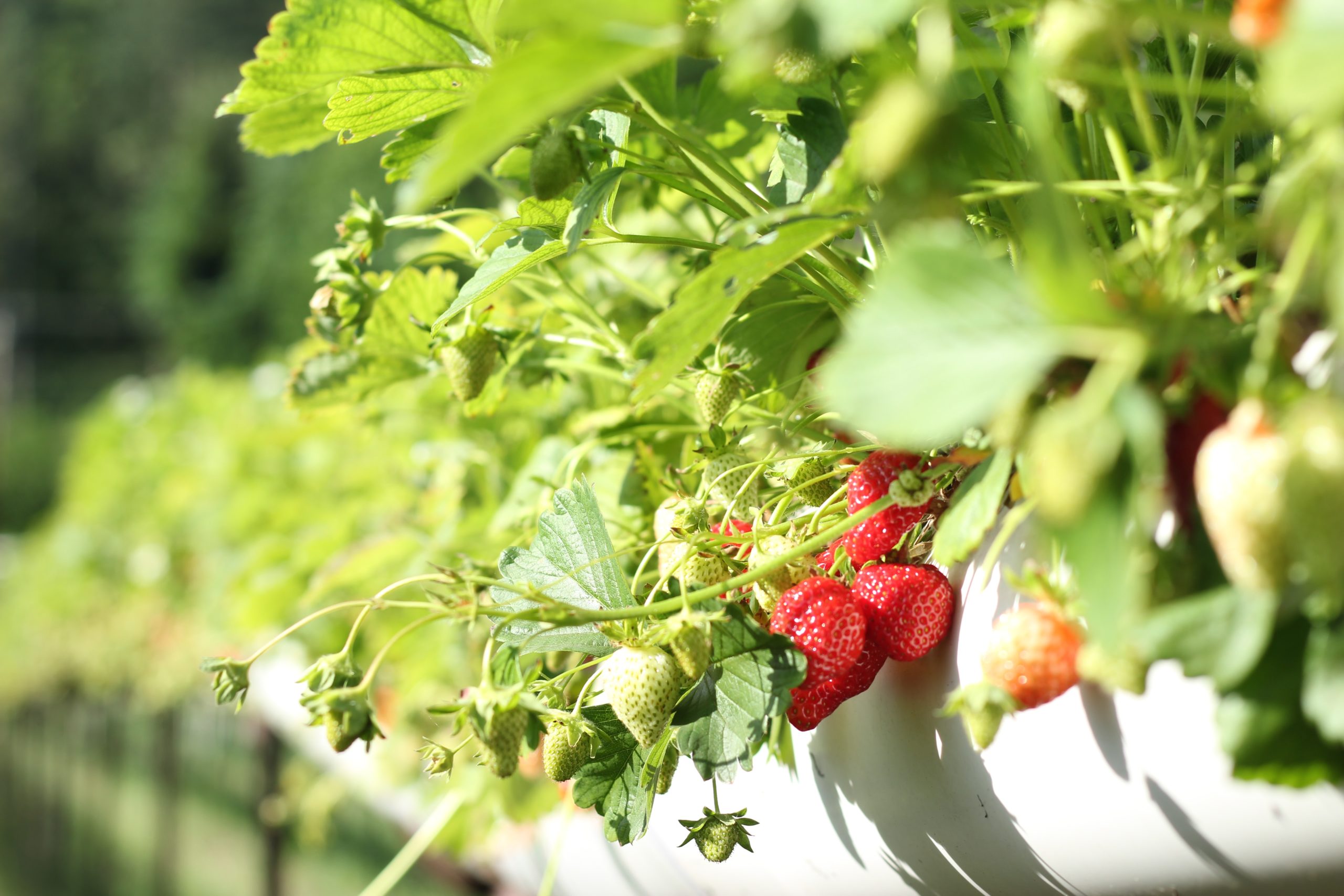
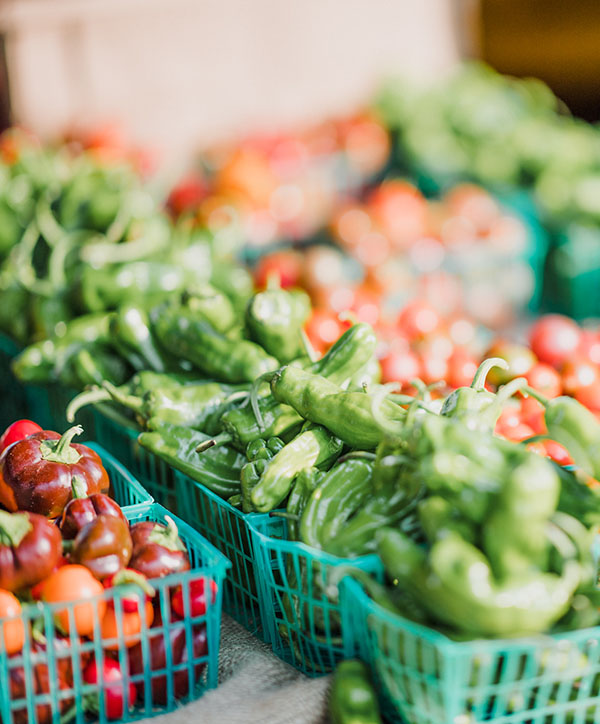
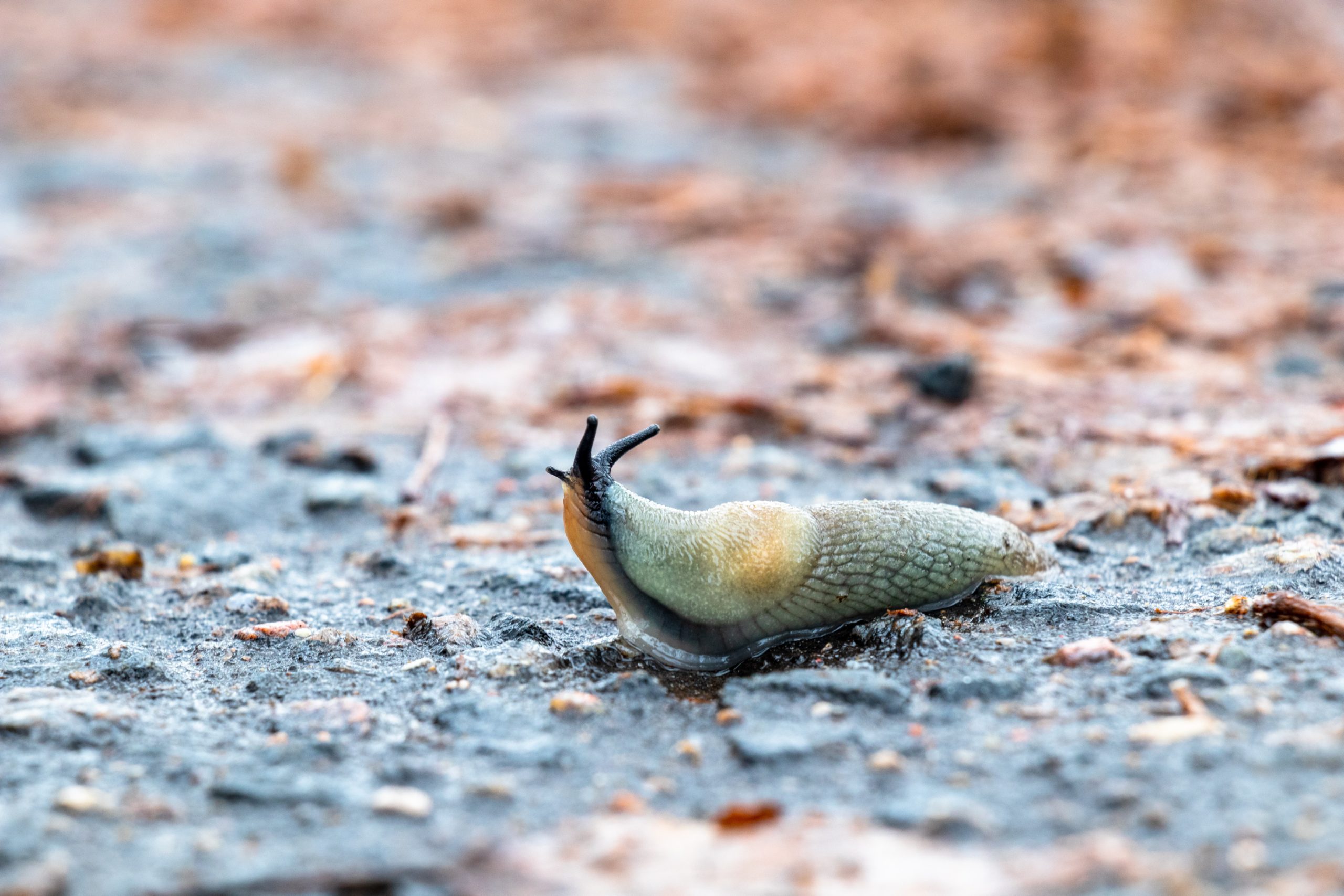

Wool and Water
Everyone is looking for that magic thing that will allow them to go on vacation and come home to living, breathing plants. And Wilde thinks wool might be the key. Ever heard of a Wilt Study? We hadn’t either, until Wilde filled us in. Basically, a Wilt Study is when you see how long it takes a plant to begin to wilt and then eventually die, without the reintroduction of water. Wilde and his team conducted one study in 4” pots and this is what they found:
- Traditional soil had wilting plants on days 1 and 2, and dead plants on days 5 and 6
- Soil married with wool had wilting plants on days 7 and 8, and then dead plants on day 14
“What’s happening here,” says Wilde, “is that because wool can hold between 20-30x its own weight in water, and then release it slowly, it’s allowing these plants to continuously have access to water, without overwatering them.” That’s the key here — a lot of materials can hold water next to the roots of a plant, but so far, wool is the clear leader for slowly releasing that water to each plant when it needs it. “Traditionally you have to keep adding more and more water to keep plants healthy,” he says, “but with wool, you can actually conserve water with better results for the plants.” Opting to mix wool pellets in with your plant’s soil can allow you to go seven days without having to worry about your plant starting to wilt and die.
If you’ve been wanting a green thumb and are looking for a more organic way to help your garden thrive, consider introducing wool. Wool is listed as an organic material on the National Organic Program (NOP) and is a natural, renewable, biodegradable, and durable fiber. Beyond all the benefits listed above, consider using wool in your garden to support American sheep ranchers and maybe in the not-so-distant future people won’t be using the term ‘waste wool’ at all, perhaps we’ll just call it garden wool.

